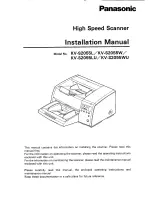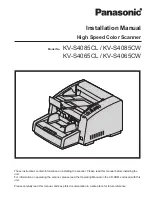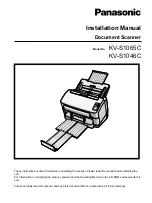
26
97
Right side Exhaust Gas
Oxygen (EGO) sensor –
signal voltage indicates
“rich” during “lean” air/fuel
conditions.
or,
Overdrive Cancel Indicator
Light (OCIL) – circuit
failure.
98
A system problem is present
causing the Electronic
Control Assembly (ECA) to
operate in Failure
Management and Effects
Mode (FMEM).
or,
Right side Exhaust Gas
Oxygen (EGO) sensor –
signal voltage indicates
“lean” during “rich” air/fuel
conditions.
or,
Electronic Pressure Control
(EPC) solenoid – circuit
failure.
99
The Electronic Control
Assembly (ECA) has not
learned to control engine
idle speed (ignore code 12
or 13).
or,
Electronic Pressure Control
(EPC) solenoid – circuit
failure.
Three Digit Codes
Certain 1991 and newer
vehicles use 3 digit codes
to report the results of
the system Self-Test
procedure. Refer to your
vehicle service manual to
determine if your system
uses 2 or 3 digit codes.
• Code meanings can
vary with vehicle, model
year, engine type,
options and type of test
being performed.
• Many of the codes
listed may not apply to
your vehicle.
• Follow vehicle service
manual procedures to
find the cause of the
code. Always start with
the first code displayed.
Remember:
1) Visual inspections are
important!
2) Problems with wiring
and connectors are
common, especially for
intermittent faults.
3) Mechanical problems
(vacuum leaks, binding
or sticking linkages,
etc.) can make a good
sensor look bad to the
computer.
4) Incorrect information
from a sensor may
cause the computer to
control the engine in
the wrong way. Faulty
engine operation might
even make the
computer show a
different good sensor
as being bad!
111
System pass.
112
Air Charge Temperature
(ACT) sensor – signal
voltage is too low.
113
Air Charge Temperature
(ACT) sensor – signal
voltage is too high.
114
Air Charge Temperature
(ACT) sensor – signal
voltage is higher or lower
than expected.
116
Engine Coolant
Temperature (ECT) sensor
– signal voltage is higher or
lower than expected.
117
Engine Coolant
Temperature (ECT) sensor
– signal voltage is too low.
118
Engine Coolant
Temperature (ECT) sensor
– signal voltage is too high.
121
Throttle Position (TP)
sensor– signal voltage is
higher or lower than
expected.
or,
Throttle Position (TP)
sensor– signal voltage
inconsistent with engine
intake air flow.
122
Throttle Position (TP)
sensor – signal voltage is
too low.
123
Throttle Position (TP)
sensor – signal voltage is
too high.
124
Throttle Position (TP)
sensor – signal voltage is
higher than expected.
125
Throttle Position (TP)
sensor – signal voltage is
lower than expected.
126
Manifold Absolute Pressure
(MAP) or Barometric
Pressure (BP) – signal
values higher or lower than
expected.
128
Manifold Absolute Pressure
(MAP) sensor – vacuum
hose disconnected or
damaged.
129
Manifold Absolute Pressure
(MAP) sensor or Mass Air
Flow (MAF) sensor –
insufficient signal value
change during Dynamic
Response test (Engine Run
Self-Test).
















































